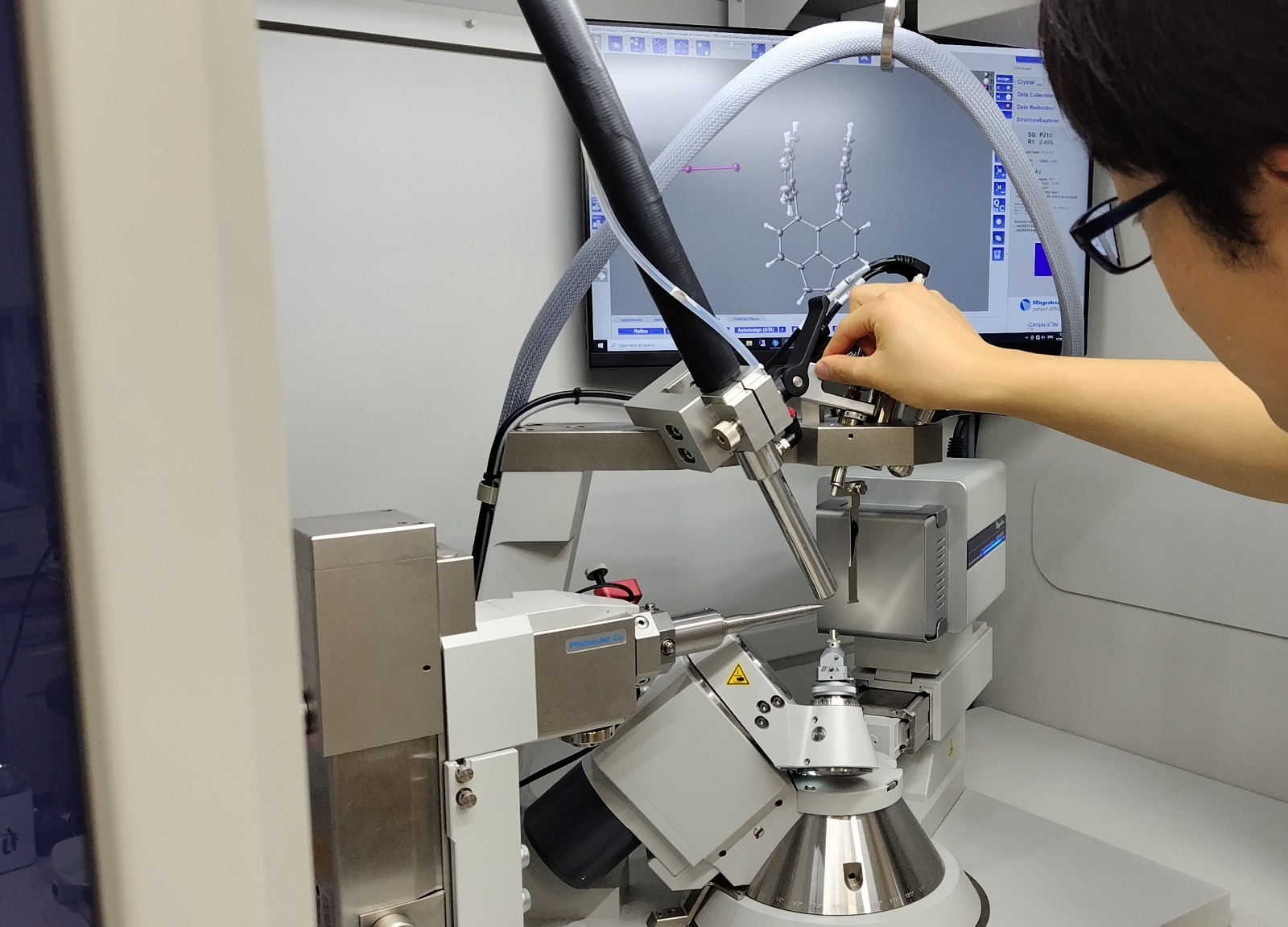The brain is probably the most complex structure in the known universe, complex enough to coordinate movements, gather and organize lots of sensorial data, perform abstract reasoning and develop new ideas. Understanding the mechanisms underlying brain function is therefore one of the biggest challenges of contemporary science. A deeper comprehension of the brain is not only a central issue for pure science but would have an enormous impact for the whole society. In fact, the knowledge of brain complex machinery will allow finding new therapies for diseases like Alzheimer or autism, and will lay the foundations for a new computer science, using paradigms inspired by the brain itself.
To tackle the hard issue of brain understanding, the European Commission recently decided to finance the Human Brain Project (HBP), a 10-year Future and Emerging Technologies (FET) Flagship with a budget of 1.19 billion euros federating more 80 European research institutions. Italy will have an important role in the project through the participation of five research group to perform key tasks. The ultimate goal of the Human Brain Project is to pull together all our existing knowledge about the human brain and to reconstruct the brain, piece by piece, in supercomputer-based models and simulations. The models offer the prospect of a new understanding of the human brain and its diseases and of completely new computing and robotic technologies. The Human Brain Project will provide new tools to help understand the brain and its fundamental mechanisms and to apply this knowledge in future medicine and computing.
Many laboratories will generate crucial data for the realization of the project. The Biophotonics Group present at the European Laboratory for Non-linear Spectroscopy (LENS) of the University of Florence, (Eds. leaded by Prof. Francesco Pavone), will produce a comprehensive map of the entire network of neuronal connections in the brain: the so-called 'connectome'. To this aim LENS will use innovative light microscopy techniques affording much higher resolution than other imaging systems (MRI, CAT, PET, etc.). Data collected at LENS will be pivotal to understand the link between brain structure and function, and will be analyzed (together with many other biological data) at the supercomputing center CINECA in Bologna.
 Image from L. Silvestri et al., Optics Express (2012)
Image from L. Silvestri et al., Optics Express (2012)
The entire cerebellum of a mouse reconstructed through a new optical tomography technique developed at the European Laboratory for Non-linear Spectroscopy of the University of Florence. From the whole volume (a) it is possible to extract the 'virtual sections' shown in the other panels. The high resolution allows to distinguish Purkinje cells (the white spots in the image), a kind of neuron involved in movement coordination.
Central to the Human Brain Project is Information and Computing Technology (ICT). The project will develop ICT platforms for neuroinformatics, brain simulation and supercomputing that will make it possible to federate neuroscience data from all over the world, to integrate the data in unifying models and simulations of the brain, to check the models against data from biology and to make them available to the world scientific community. The ultimate goal is to allow neuroscientists to connect the dots leading from genes, molecules and cells to human cognition and behavior. All datasets collected in HBP will in fact be integrated in mathematical models ranging from single neurons to brain-wide networks, which will be used in the simulations. The research unit of the University of Pavia, coordinated by Prof. Egidio D'Angelo, will develop single-neuron models and will integrate them in large-scale networks.
A novel medical informatics platform will federate clinical data from around the world, allowing medical researchers to unlock the clinically valuable information they contain and to incorporate it in computer models of disease. The goal is to develop techniques for the objective diagnosis of the brain’s diseases, to understand their underlying mechanisms and to speed up the search for new treatments. In Italy, the IRCCS Fatebenefratelli in Brescia, Italian Center for Alzheimer and mental diseases, will make available large datasets collected in world-scale epidemiological studies. Data about Alzheimer and other neurodegenerative diseases will run through the neuGRID platform, a digital infrastructure which allows performing complex analysis fast, thus boosting novel approaches to study brain diseases.
Finally, the HBP will build new platforms for “neuromorphic computing” and “neurorobotics”, allowing researchers to develop new computing systems and robots based on the architecture and circuitry of the brain. The new systems will use detailed knowledge of the brain to address critical problems facing future computing technology: energy efficiency, reliability, the huge difficulties involved in programming very complex computing systems. This is the research framework where the group headed by Prof. Enrico Macii at the Politecnico di Torino will contribute, taking advantage of its long-standing experience in the field.


